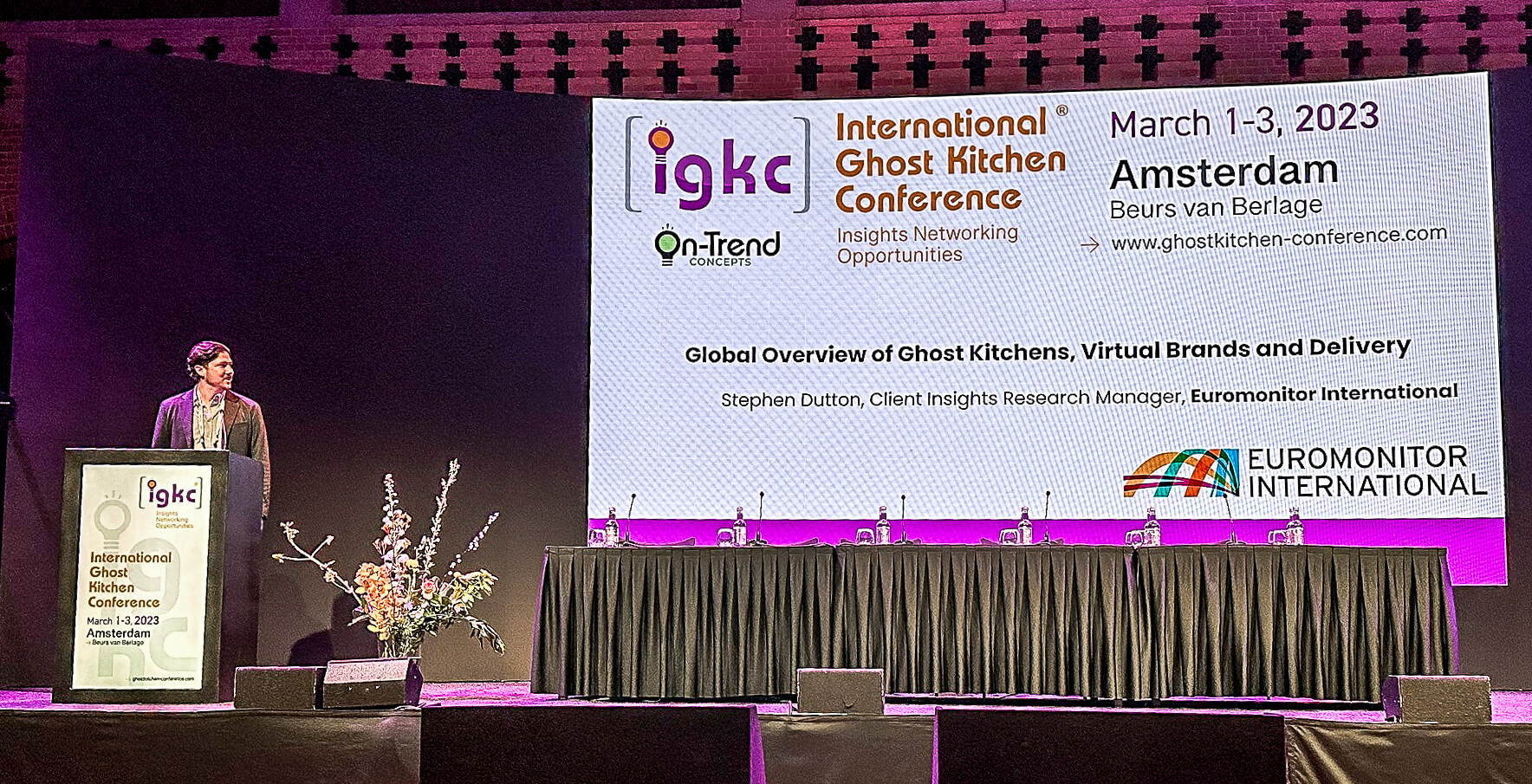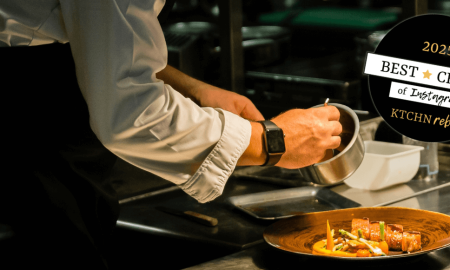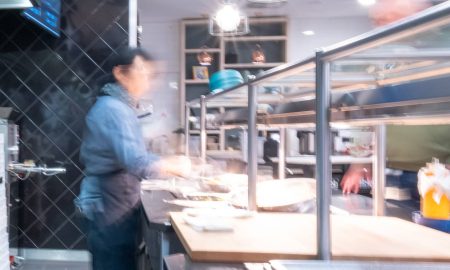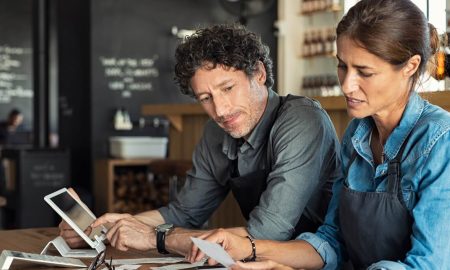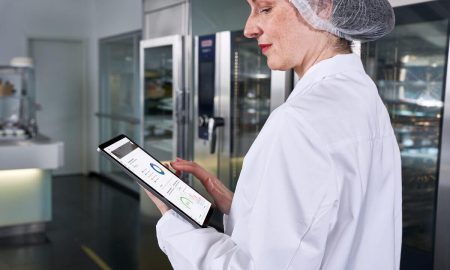For a market that is less than 10 years old, the food delivery subsector of ghost kitchens and virtual brands has been through quite a journey. Already established – but only just – when the pandemic struck, it saw rapid growth on the back of nationwide lockdowns. With hospitality venues closed, food delivery apps, which may otherwise have grown more slowly, gained popularity across the demographics. Now, the industry is in a new phase: post-Covid, people are returning to restaurants – but not quite in the numbers seen in 2019; that behavioral switch to online appears to be permanent – but the cost-of-living crisis is tightening budgets. It’s a very mixed picture.
“Trying to reorient what consumers want from foodservice in the wake of the pandemic has been a big challenge for the restaurant space and for food delivery players,” says Stephen Dutton, client insights research manager at market research leader Euromonitor International. Dutton was also one of the keynote speakers at the International Ghost Kitchen Conference in Amsterdam on 1-3 March 2023, which KTCHNrebel partnered [Have a look at our former article on the IGKC 2023]. “For a lot of foodservice brands, we’re thinking about two factors competing against each other. One is the cost-of-living crisis and inflation and what consumers can afford. And [the other is] can businesses afford to operate? That’s a big, challenging basket of factors for the foodservice space, whether you’re a ghost kitchen operator or food delivery player.”
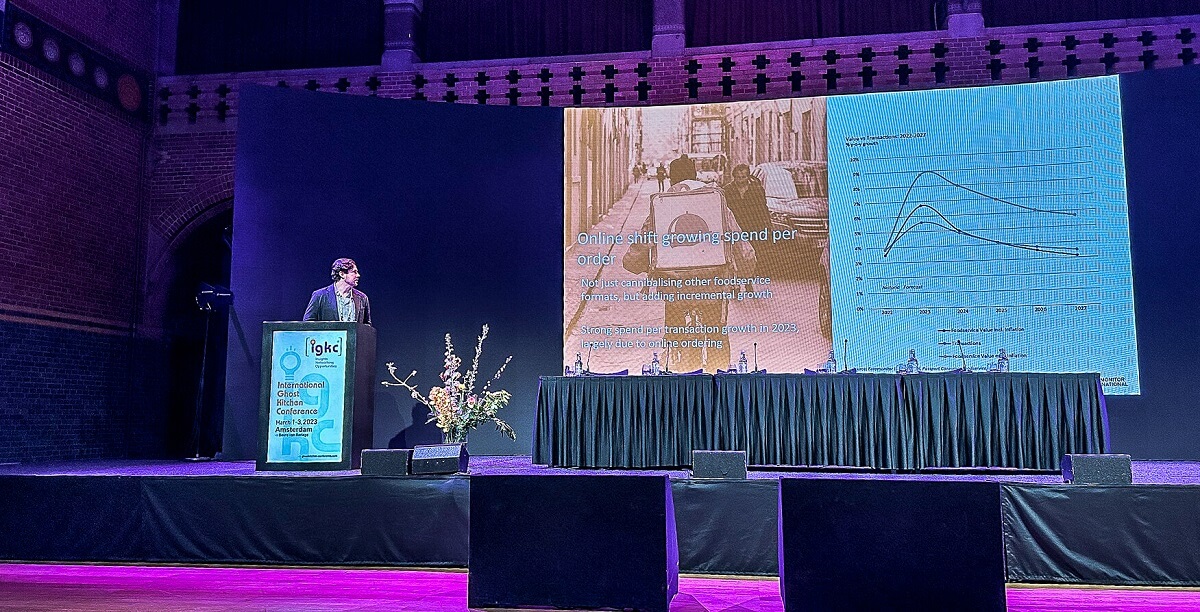
Image: KTCHNrebel
The growth of online channels accelerated by the pandemic saw even “super stubborn” older consumers change their behavior. “So you have all kinds of new people exploring different platforms,” says Dutton. “And along [with] that came all kinds of new services and a renaissance of apps and opportunities.”
But while consumers got used to spending money on food delivery, today they’re asking themselves whether they can afford to.
An end to the era of unlimited funding?
As well as being on the receiving end of this reduced consumer spend, businesses in this space are having to deal with higher costs and interest rates themselves. Now, against this backdrop, many reports are declaring an end to the era of unlimited funding. Will the sector have to re-evaluate its approach to financing and growth?
“A lot of these models are built on the idea that the financing was there and there was unlimited growth,” says Dutton. “So, when you restrict the idea of unlimited financing, then, of course, that stifles the opportunity somewhat, but it also forces companies to build business models that are going to be a little more durable for the future.” Now, we’re starting to get a sense of what those durable models look like. “We are seeing a lot of the big foodservice restaurant chains partnering up with different [ghost kitchen] players, because they realize it’s the right time to get in on the opportunity,” says Dutton. “The big companies that are cementing those opportunities have lasting power in the market.”
Such partnerships, says Dutton, offer the “ability to scale as a business; they have the predictable ordering behavior, and they’re helping these big businesses grow and deliver. ” And for the smaller ones? “That’s where it’s a bit less clear in terms of consolidation,” he states.
Operating as they do behind the scenes, ghost kitchens can find it difficult to connect with customers and grow their profile.
“When a consumer is ordering food online, I don’t think they care or even know whether their food is prepared by a ghost kitchen or not,” says Dutton. “And that’s a problem, because if you’re a ghost kitchen, you need to find a way to communicate your value as a brand.”
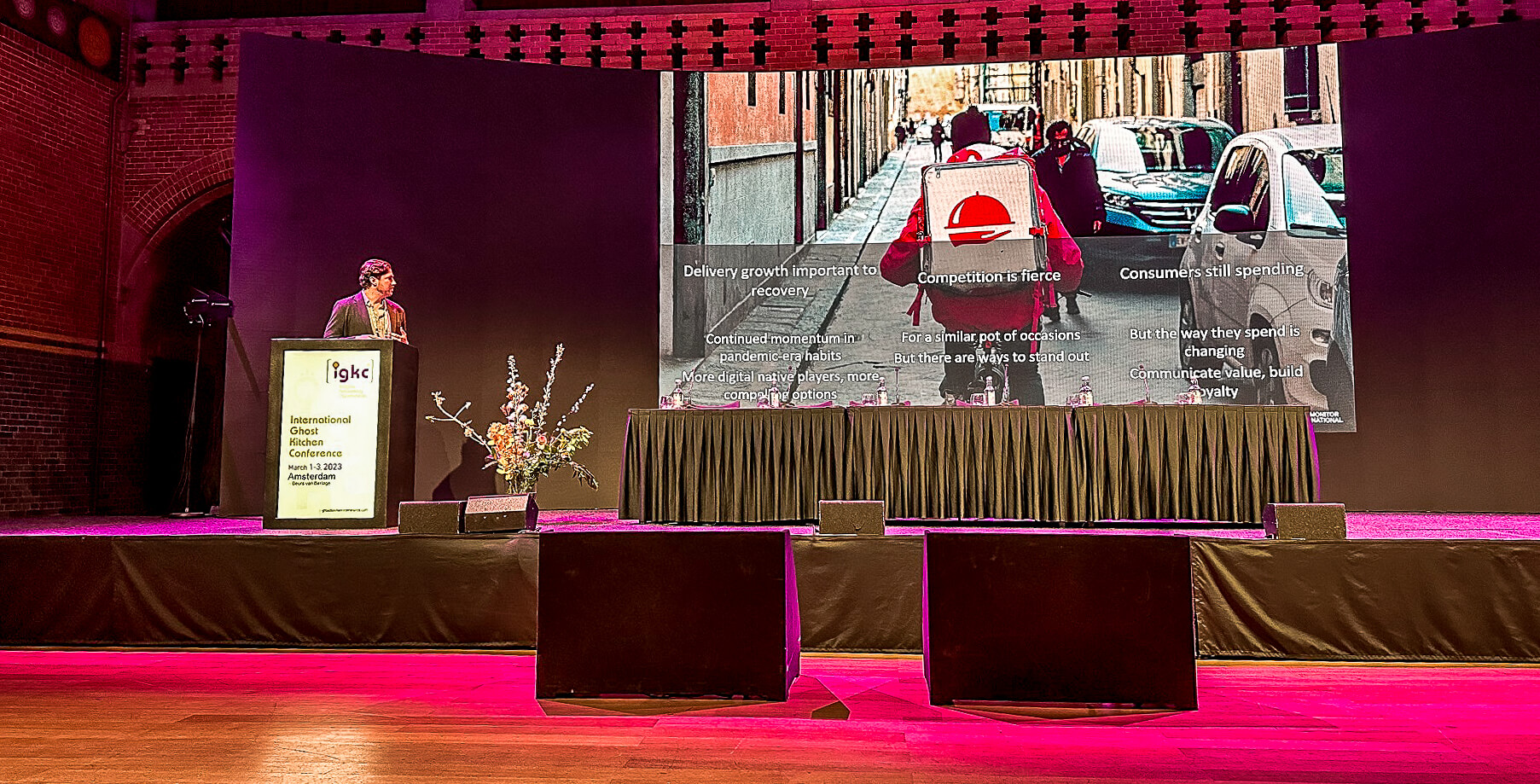
Image: KTCHNrebel
Communicating right as a virtual brand
One high-profile example of a customer-facing virtual brand is US chain MrBeast Burger, which, earned revenues of $100m last year (source: Statista).
Of course, the picture varies from region to region. “The US, China and the UK are established countries where ghost kitchens and virtual brands have been doing a lot for a while now,” says Dutton. “I think for these types of countries, it’s less to do with unlimited growth and more about consolidation and creating partnerships.“
“For other regions, there’s still a lot of growth and possibilities. We look at regions such as Latin America, the Middle East, and Africa – there’s a lot of experimentation and open space there. “[But] if we think about Western Europe, this is where some of the economic challenges are really impacting growth.” This region is also seeing increased regulation, says Dutton, which can “make it more challenging to operate as a new tech start-up.”
Commoditizing meal delivery
In January, Euromonitor published its Top 10 Global Consumer Trends 2023. One of the trends identified is ‘authentic automation’, described as “tech with a human touch”. This means, says Dutton, that “consumers are accepting more automation in terms of online shopping behavior and things that make the transactions more seamless. But at the same time, there’s a disconnect between what’s automated and interacting with human people.
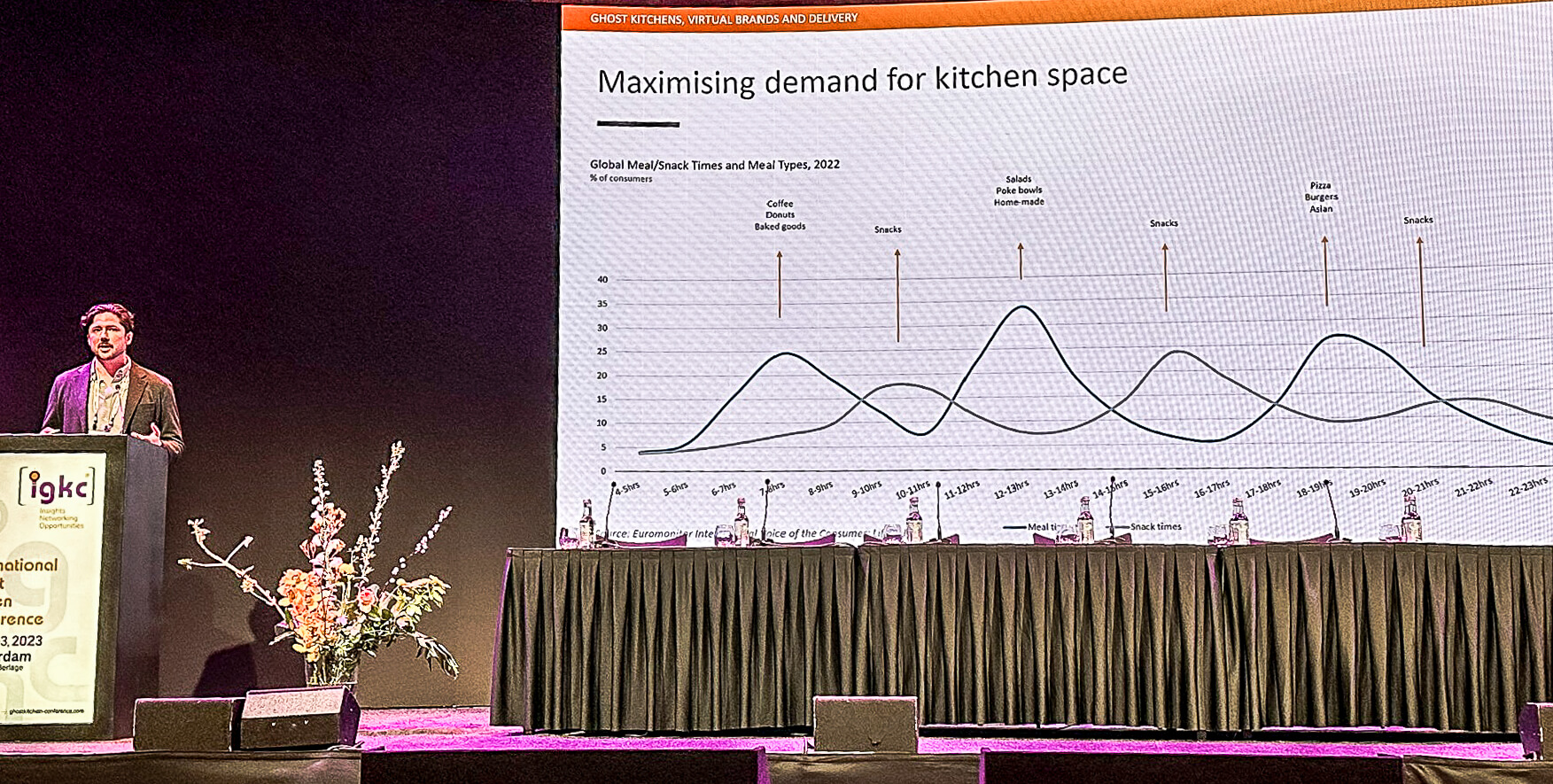
Image: KTCHNrebel
“If we put ghost kitchens within that context, it’s pretty interesting. If there’s such a disconnect with the consumer, it can be really difficult to find some lasting power.” Again, it’s about finding a way of “connecting to the consumer as a brand.”
Dutton is also interested in the idea of a ‘private label ghost kitchen’. “In the sense that you are commoditizing the delivery of meals that are popular in an area to make them at lower price points, so they are more affordable, and basically pumped out to match demand. That’s an interesting area of opportunity to expand upon.”
On the whole, Dutton sees food delivery as having a “very bright” future, with ghost kitchens and virtual brands playing a role within that. “If you think about continued growth in food delivery, the idea of ghost kitchens and virtual restaurants shaking up what’s possible is having a positive effect,” he says. “What ghost kitchens and virtual brands are doing right now is increasing the competitive spirit of what food delivery is. That is good across the board, especially for the consumer, because it’s upping the ante for the brands that participate in it.
“I’m excited for that reason. Delivery is getting better, and ghost kitchens are an important part of that.”


